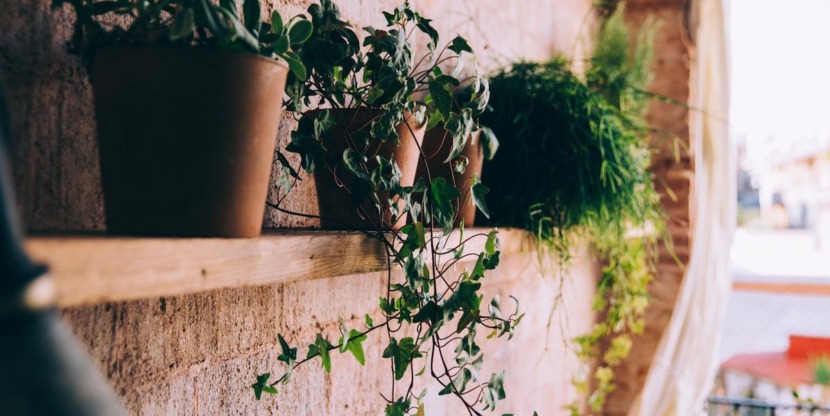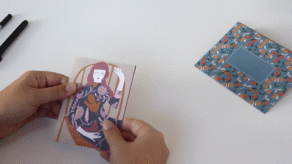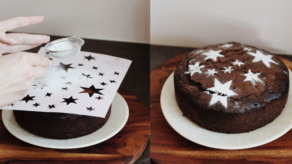How to save your house plants

Most houseplants require different amounts of sun, water and care. Here are four common problems and their solutions, as provided by Emma Sibley in her book, The little book of house plants and other greenery.
Overwatering
Overwatering through the winter when most plants go into dormancy is a common error. In most instances you will need to decrease watering to once every two weeks otherwise the roots may sit in water, which can cause root rot. Other side effects of overwatering are leaves wilting and yellowing, or starting to drop off and turn brown.
Scorching and Burning
Scorching and burnt leaves can also be a problem for some house plants. Too much direct sunlight can harm delicate leaves so if you notice brown marks and crispy edges, then move your plant to another position. A lack of sun can also be a problem as it may stunt the growth of the plant or stop the plant from flowering. If this happens, move your plant to another spot.
No Growth
If you have had a plant for a while and have noticed no signs of growth, this could be caused by a number of things. It could be due to underwatering in the summer or overwatering in the winter. Another possible cause is stunted growth, which can happen when you haven’t repotted your plant for a long time. Plants should ideally be repotted as they grow. If a plant is not repotted, its roots can become cramped and root-bound.
Shedding
If your plant seems to be shedding a lot of leaves this could be an indication that there has been a change in temperature or that you are underwatering. It is important to be aware that shedding is a natural process by which plants self-propagate. If you are concerned, then try moving your plant to a new location.
Translation Julia Gorodecky Photography Stocksnap







